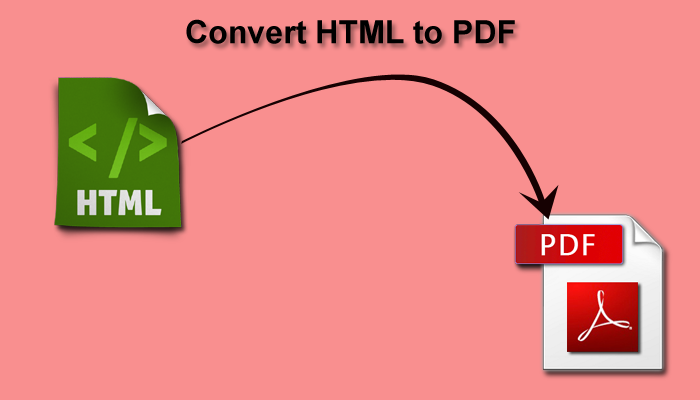

Initially, the first looks far more tempting, since you don't have to worry about fopen and fclose commands.īut, there is a problem with the ReadImage function! With an imagemagick object whose data was created from this function, I could scale, change the colors, and perform artistic effects upon the object, without any problems at all, but then there was a problem with saving: it seemed to be keep me stuck to the image format of the original image (in this case, a ".jpg", but it may be different elsewhere). What is the difference between ReadImage and ReadImageFile? Based by looking at the pages, you would think that they behave the exact same, except in their arguments: ReadImage takes a string containing the folder location of the file, and ReadImageFile takes a handle pointing to the file location.
#Php pdf to image without imagemagick how to#
Ultimately, the laravel pdf to image converter tutorial is over in this comprehensive guide, we studied bit by bit how to convert pdf to image using the imagick open-source extension.Getting Started Introduction A simple tutorial Language Reference Basic syntax Types Variables Constants Expressions Operators Control Structures Functions Classes and Objects Namespaces Enumerations Errors Exceptions Fibers Generators Attributes References Explained Predefined Variables Predefined Exceptions Predefined Interfaces and Classes Predefined Attributes Context options and parameters Supported Protocols and Wrappers Security Introduction General considerations Installed as CGI binary Installed as an Apache module Session Security Filesystem Security Database Security Error Reporting User Submitted Data Hiding PHP Keeping Current Features HTTP authentication with PHP Cookies Sessions Dealing with XForms Handling file uploads Using remote files Connection handling Persistent Database Connections Command line usage Garbage Collection DTrace Dynamic Tracing Function Reference Affecting PHP's Behaviour Audio Formats Manipulation Authentication Services Command Line Specific Extensions Compression and Archive Extensions Cryptography Extensions Database Extensions Date and Time Related Extensions File System Related Extensions Human Language and Character Encoding Support Image Processing and Generation Mail Related Extensions Mathematical Extensions Non-Text MIME Output Process Control Extensions Other Basic Extensions Other Services Search Engine Extensions Server Specific Extensions Session Extensions Text Processing Variable and Type Related Extensions Web Services Windows Only Extensions XML Manipulation GUI Extensions Keyboard Shortcuts ? This help j Next menu item k Previous menu item g p Previous man page g n Next man page G Scroll to bottom g g Scroll to top g h Goto homepage g s Goto search Here is the url for testing the laravel demo app: Conclusion

Subsequently, head over to console afterward run the command similarly run the laravel application: php artisan serve Hence open routes/web.php file import the controller on the top section, next define the Route and declare the Route’s name also pass the controller name inside of it. In this step, create a new route that will make the GET request in conjunction with the associated controller to convert pdf to image.
#Php pdf to image without imagemagick code#
In response to the execution of the above command, a new controller file has generated hence append the following code in the app/controllers/ImageController.php file: readImage ( public_path ( 'pdf-document.pdf' ) ) $imgExt -> writeImages ( 'pdf_image_doc.jpg', true ) dd ( "Document has been converted" ) } } Create Route To convert: Generate and Configure Controllerįurther, go to terminal use the php artisan command to generate or make a new controller: php artisan make:controller ImageController On the other hand, the phpinfo() method can also give you access to the module information directly on a web browser: Imagick.shutdown_sleep_count = > 10 = > 10 Imagick classes = > Imagick, ImagickDraw, ImagickPixel, ImagickPixelIterator, ImagickKernel You can check the given detials about the extention: imagick The other way to verify the module installation is to execute the phpinfo() method from the terminal window: php -r 'phpinfo() ' | grep imagick If you are seeing the extension name on the console screen that means installation done as expected: imagick Here is another command which helps you confirms the module’s configuration: php -m | grep imagick


 0 kommentar(er)
0 kommentar(er)
